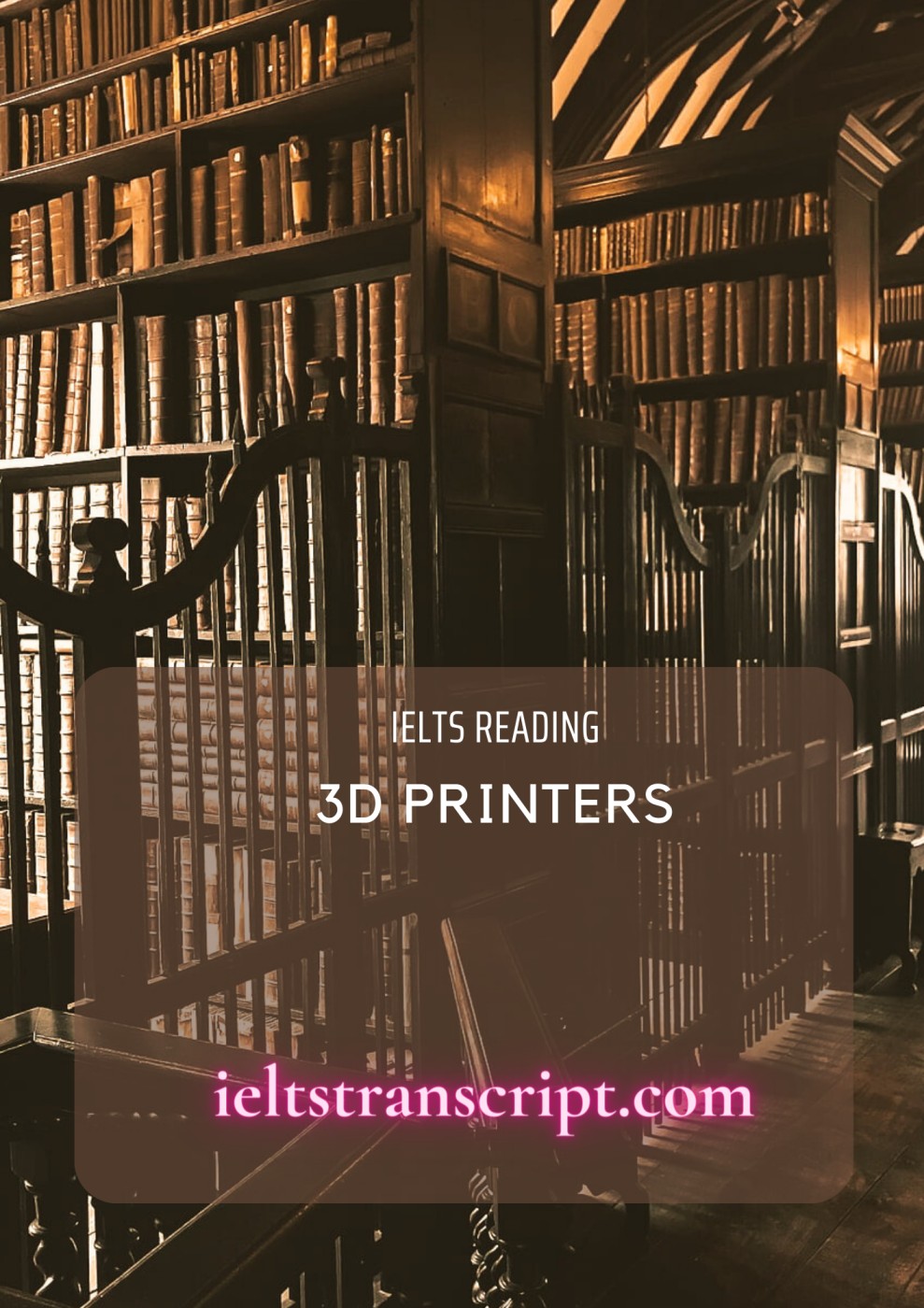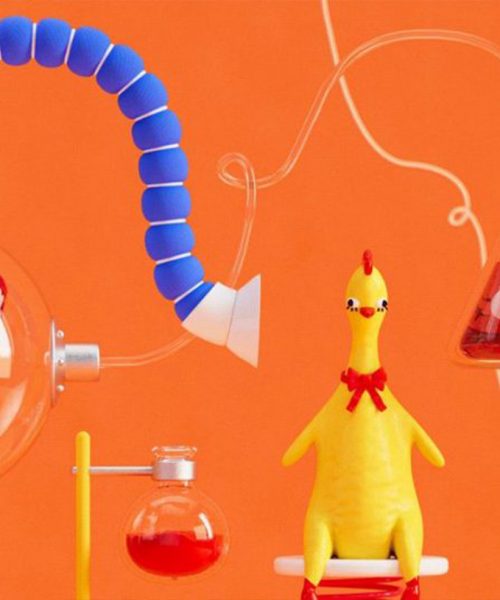- Đối với sản phẩm có giá: Sau khi chúng tôi ghi nhận thông tin đã thanh toán sản phẩm của bạn, sản phẩm sẽ được mở khóa và bạn có thể xem trực tiếp và tải tài liệu sản phẩm.
- Đối với thành viên trả phí: Bạn có thể mua và thanh toán sản phẩm với giá 0đ để tải tài liệu sản phẩm.
- Bạn có thể liên hệ với chúng tôi để được hỗ trợ mở khóa sản phẩm sớm nhất.
3D Printers
- Chúng tôi chấp nhận các phương thức thanh toán sau đây: Thẻ tín dụng, thẻ ghi nợ, PayPal, chuyển khoản ngân hàng và tiền mặt.
Chúng tôi sẽ không thu thêm phí cho bất kỳ hình thức thanh toán nào.
- Nếu bạn gặp vấn đề về sản phẩm của chúng tôi trong thời gian sử dụng, vui lòng liên hệ với chúng tôi để được hỗ trợ xử lý sớm nhất nhé.
Xem trước mẫu
3D Printers
Ever wished you could find a pair of shoes to match your outfit? Fancy a pizza but don’t want to go out or wait for your delivery service to arrive? Simple. All you need is a 3D home printer. Whilst admittedly not yet mainstream technology, it is only a matter of time until the 3D printer becomes as much a part of the domestic furniture as the statutory TV or the washing machine. Currently, however, the technology remains firmly in the province of geeks and gadget lovers.
The design of the 3D home printer is nevertheless refreshingly simple. Its components are relatively few, and could theoretically be assembled by anyone with a rudimentary knowledge of mechanics and technological know-how. The 3 main elements of the printer are a metal framework which contains the mechanical part of the printer, a printer control board and a PC. The PC is connected via USB to the printer control board, which in turn is connected to the framework of the printer and attached to the side of the latter. A plastic filament of around 3m m in diameter feeds into the printer from an external source, connecting to the extruder motor inside the printer. During printing, the controlled movement of the extruder motor ensures the correct volume of plastic is used. The extruder motor in turn is connected to a heated extruder or ‘hot end’ that heats the plastic filament during printing. As the heated plastic emerges or is ‘extruded’ to use the correct terminology, it cools and is arranged in layers to create a solid 3D model.
In order to move the extruder about in 3D space, there are 3 axes, each controlled by motors. The X-axis motor, located in a midway position on the metal framework of the printer, moves the extruder left and right, using a pulley. The two Z-axis motors, which are located on either side of the heated printing bed, move the entire X-axis up and down via two threaded rods. The heated bed of the printer, which lies directly underneath the hot end of the extruder, is moved back and forth beneath the extruder by the Y-axis motor located underneath the heated bed. The bed is heated to around 70 degrees Celsius to ensure the newly laid plastic does not warp as it cools. Overall control of the printer is effected by the printer control board and the PC which contains the programme of the model that is being printed.
Once assembled, in theory it should be possible to print a 3D version of virtually anything. However, comparatively easy as it is to assemble, would-be DIY gadget enthusiasts should be warned that the printer has major technical limitations. The finished product will always have banding and surface detail remaining as evidence of how the model was laid down. In addition, operators of the printer have to be extremely careful not to knock it whilst the machine is in the process of printing, since this will end up in model distortion. Extreme care also has to be taken in the choice of plastic filament which will ultimately create the structure of the model. Some types of plastic may warp if the temperature is not controlled properly when the melted plastic leaves the nozzle, and later, when it is cooling on the bed. Obviously the 3D model will be the same colour as the plastic filament forming it, but colour limitations can easily be overcome by painting afterwards for a multicolour finish. Another problem is that the plastic structures have to be supported as they are laid down on the heated bed or they will distort or fall away as the plastic cools.
It is virtually certain, however, that such issues will be overcome in the future. The innumerable advantages of 3D printers far outweigh any disadvantages and justify time and resources spent on such technology. Firstly, the product can be produced on the spot within a very short time frame, thereby reducing time and cost of manufacturing by traditional means. Secondly, printing objects on a 3D printer removes the need for storage space of items since whatever is required is
...Để xem được đầy đủ nội dung và tải dữ liệu, bạn phải trở thành thành viên của chúng tôi và trả phí cho tài liệu (nếu có)












